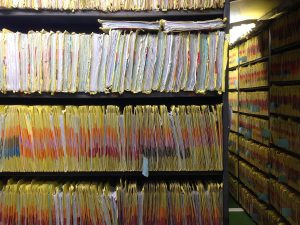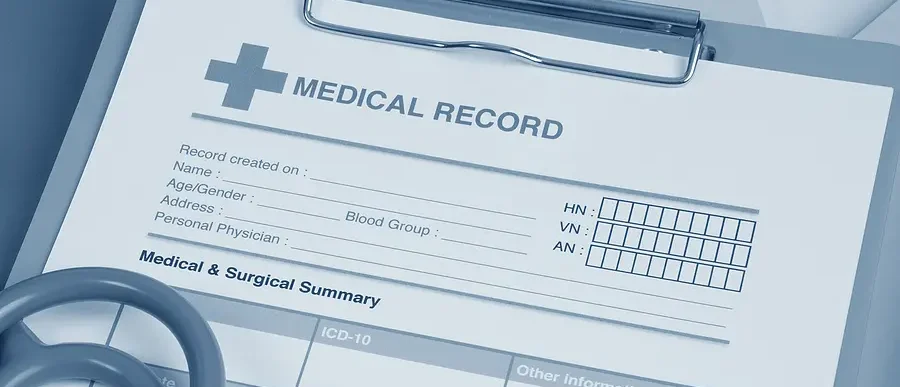
Disaster can strike at any moment. Additionally, there is no set formula or target for a disaster occurrence. It can happen to any business at any time. Therefore, it’s critical to prepare for a potential disaster. Creating a disaster management plan keeps you in control of your company, and provides a detailed vision of how to prevent an issue.
By not creating a plan, you and your employees are at risk of data loss and exposure. There are environmental threats as well as man-made. A set plan protects your company from data theft and hacking.
What is a Disaster Management Plan
In the event of a disaster, it’s important to stay protected. A disaster management plan puts a system in place for if an accident strikes. This is a plan of action for the company to follow before and after a disaster. Additionally, this is a good way to ensure your company’s information is safe.
Data can be compromised in many ways, including:
- Mechanical malfunctions
- Physical damage (water damage, normal wear and tear, etc.)
- Device theft
- Accidental deletion
- Hacking
- Malware/Viruses
- Power Failure
- Natural Disasters (fires, floods, etc.)
By protection your company, you ensure your company, employee, and customer information is secure and remains confidential. Additionally, this helps the company to act accordingly and efficiently after a disaster. This will speed up the recovery process as well.
From an operations standpoint, it leads to loss of productivity. From a historical standpoint, it means the data has been collected, analyzed, and perfected for years can be permanently gone.
 Top Preventative Strategies in a Disaster Management Plan
Top Preventative Strategies in a Disaster Management Plan
It’s important to consider what should be in your plan. This should include company documents, employee files, paycheck information, and more. Basically, you should think about which items are essential to running your business.
Additionally, there are many ways to ensure your information is secure. This includes backing up data, storing documents off site, scanning documents, and using a fire-suppressant and climate-controlled storage container.
Backing Up Data
Data is the center of any company. It’s critical to protect your assets, so the recovery process is seamless. Backing up data provides an extra copy of the critical business files.
There are many ways to back up information. You could use a cloud-based storage, physical tape backup, or a physical offsite storage facility. Additionally, it depends on your companies need in which service is best for you. Through a digitally based storage system, you are able to easily keep track and manage your documents.
Using Fire-Suppressant and Climate-Controlled Storage
Additionally, you could use fire-suppressant and climate-controlled storage. This protects from environmental threats, including fire, water damage, and more. The only downside is size. If you have a lot of files, an onsite storage option may not be a good fit.
Storing Documents Off Site
Another option to protect your information is to store the documents off site. This eliminates the risk of data exposure in the workplace and reduces threat of environmental dangers.
Additionally, this helps decrease wasted space around the office making room for more efficient purposes. Through offsite storage, you can gain easy access through retrieval services. This is great for documents you rarely need, but, if you do, you can get ahold of them.
 What to Consider When Creating the Plan
What to Consider When Creating the Plan
A disaster management plan requires businesses to think ahead of any threats you might face. It’s important to understand the potential downfalls and risks. Additionally, companies should consider certain things while creating the plan.
Make Considerations Ahead of Time
It can help to think about the plan and make considerations ahead of time. You should consider how far many documents you have, do you need them regularly, and more.
Additionally, consider if employees will need these files. It helps to think of potential complications, so you know how to handle them when they arise.
Take Care of Employees
Employees are at the center of any company. Additionally, they help to run the company on the daily. It’s important to protect employees in the event of a disaster as well. After all, it could be their data affected as well. It’s important to keep their information safe.
When creating the plan, it’s important to consider how they might be hurt, how to keep them safe, and more. This will help deepen the relationship with employees while keeping them safe during a disaster. Additionally, prioritizing safety will make developing the plan easier.
Update the Plan Regularly
You never know when disaster may strike, but it’s important to be prepared for it when it does. Additionally, there are things that need to be updated along the way. It’s critical to maintain an up-to-date plan for your company.
Just like records, information changes regularly. This can include company data, employee information, and other files. To maintain an efficient and accurate plan, it’s critical to update your plan.
Get Started with Your Disaster Management Plan
It’s important to prepare for any disaster because you never know when something might happen. For any company, it can end up costing money as well as time. Therefore, creating a plan can help protect your company from future disasters. If you’re interested in any storage services, Record Nations can help you through the process. We have experts who can help with cloud storage, document scanning, and other document storage services.
To start planning, fill out the form, use the live chat button, or give us a call at (866) 385-3706. Afterwards, you will receive free quotes from experts in your area that can help you.












